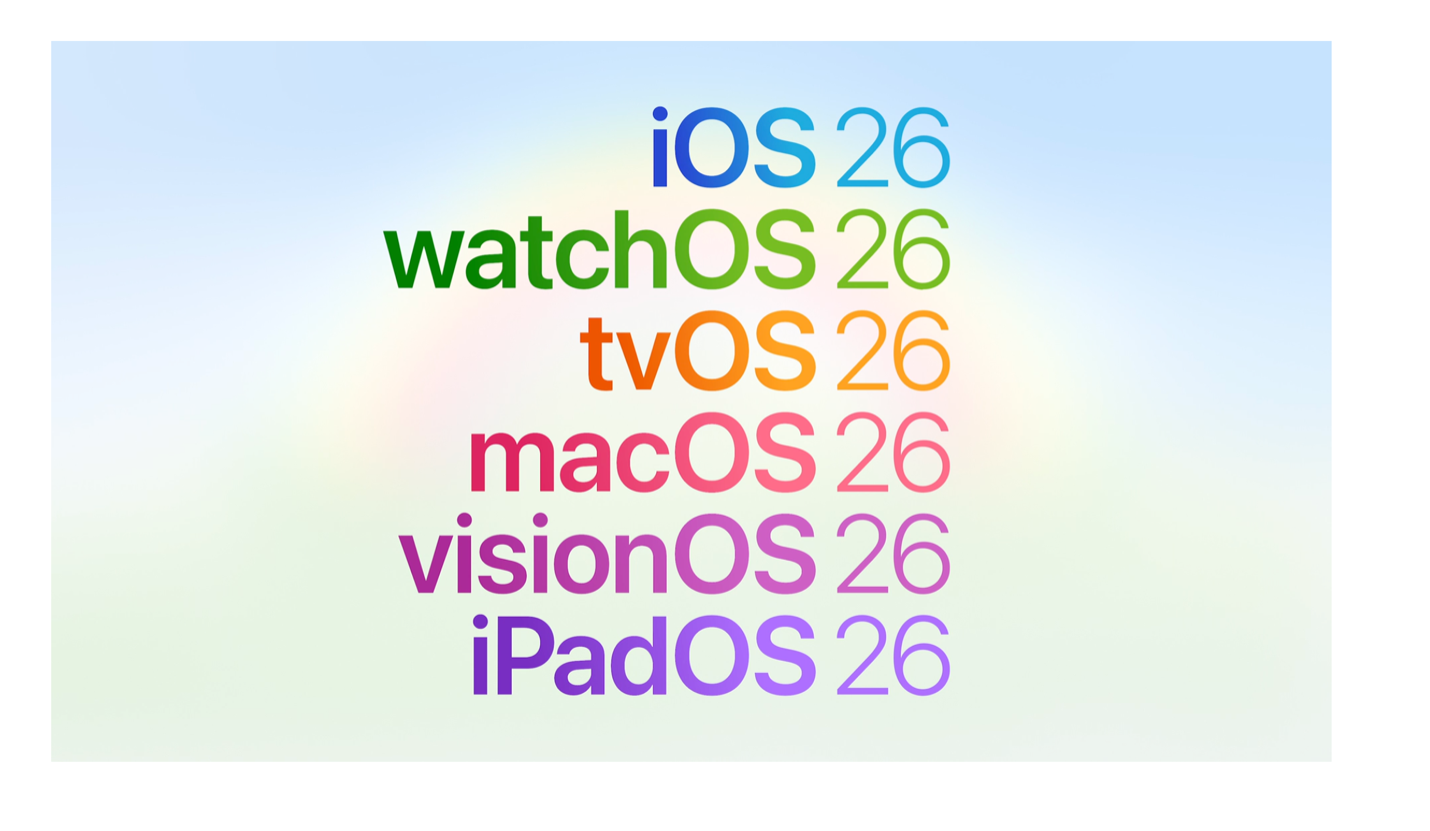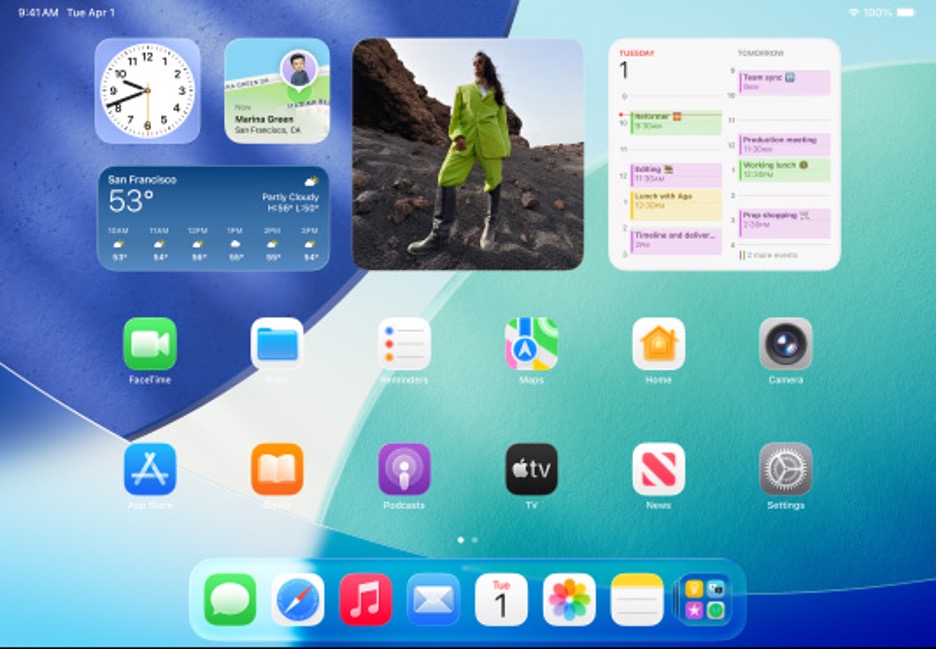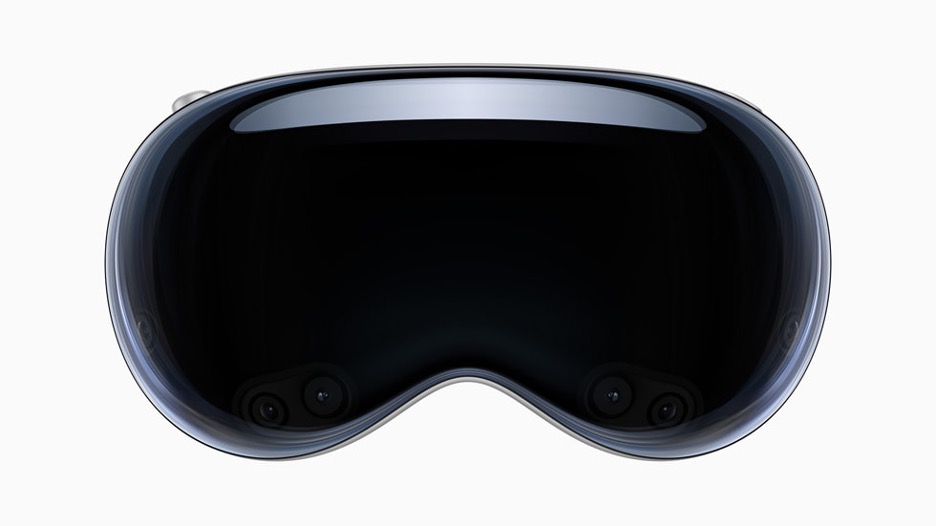The stakes were low for Apple’s WWDC 25— Apple did exceed them. In 2024, the company promised advanced AI features for Siri and other applications. When those improvements never materialized and Apple admitted the need to delay some changes, the tech press started writing obits for Apple. As it turned out, what Apple did have to show off in time for WWDC 25 was a flashy new interface and no lack of Apple Intelligence throughout the product portfolio.
Last year, Apple announced plans to integrate OpenAI’s ChatGPT into Apple iOS, iPadOS, and macOS. Apple also promised Siri’s conversational abilities would improve and she’d be able to give more contextual advice thanks to information in other Apple apps such as calendars, messages, etc. It’s true that the improvements promised for Siri did not come as expected, but Apple has integrated OpenAI tools into its operating systems and promises more to come. Siri is expected to reach her full potential in the spring of 2026, says Apple.

(Source: Apple)
In any talk of AI and Apple, the company is careful to underline its commitment to user privacy. Apple’s Data Protection uses encryption and has increased protection for data stored in iCloud. AI is processed locally, and sensitive user data is secured on a dedicated chip. Messages and FaceTime conversations are encrypted end to end; the data is only made available to recipients. And, Apple has added extra protection for information stored in the Health app so that data stored in iCloud is backed up and not even Apple can read the data.
The new Live Translation feature is an evolution on the translation capabilities that have made many people dependent on their phones. Real-time language will be available in Messages, FaceTime, and phone calls. Actually, it will be available throughout devices. Apple is using on-device AI processing for privacy. The company is promising new language support in addition to English, French, German, Portuguese, and Spanish.
Apple is adding new intelligence capabilities to Spotlight, Apple’s system-wide search dialog. The new Searchlight will be able to perform actions such as sending notes, playing podcasts, and sending emails, all within the Searchlight app. The idea is that user can put Searchlight to work within their searches—find that email and fire off and answer. Searchlight will take advantage of Apple’s new shortcuts and autofill.
What was most striking about the WWDC OS announcements was the way in which Apple tools can work together and across hardware platforms. The company is also offering APIs to developers to take advantage of Apple AI. As a result, Apple works with your info and interactions with its apps to create an on-device LLM to inform its various services. So, actually, a lot of this stuff is related to Apple’s promises made in 2024. Much of the wonderfulness, of course, is dependent on you living your life within the confines of the Apple Garden and on Apple being able to do what it says it’s going to do. In life, the reality is never quite like the demo.
Liquid Glass
Once again, Apple feels like it is time for a new naming convention. It seems like they do this supposedly revolutionary thing a lot, but then again, many companies seem to enjoy this exercise. Maybe it’s just to keep the marketing people busy and happy so everyone else can get their work done.
Obviously, a straight numerical approach—ie, 1.0, 1.5, 2.0, etc.—is just so 1990s, but Apple was doing it just like everyone else until it got to 10, called it X, and stuck with that for a while. Those were the days of OS X, and Apple differentiated with big cats: Cheetah, Puma, and on to Mountain Lion. Then there were California locations, including Mavericks, Yosemite, Catalina. OS X became macOS, and here we are with macOS 26. How hard was it to then get to iOS 26, watchOS 26, iPadOS, and so on? Probably pretty hard.
Oh yeah, and this year is also Tahoe, so presumably they’re sticking with the California-centric names as well.
The message of unification is hammered home visually through the new Liquid Glass design. Before now, Apple’s devices have had different designs depending on the platform among them: Frosted Glass (iOS), Flat Design (iOS, iPadOS), and Aqua (macOS), which is the forerunner of Liquid Glass.
Apple’s new software is pretty and, as advertised, transparent, and furthers Apple’s desire to better integrate its products. For the first time, Apple software will look the same on all platforms and, CEO Tim Cook promises us, will act the same way: fluid and responsive. In-house developers and third-party developers will be working with the same design language.
MacOS 26 will get its share of widgets that users can customize and change up depending on what they’re working on, and where they’re doing it. The widgets are where Apple thinks the Liquid Glass interface will get to shine. Users can get more information on the screen that they can see through, put up front, or use the rolling magnifier feature.
In addition, Apple is incorporating advanced computer vision powered by its Neural Engine technology. Photos and images used can have a 3D spatial effect that also responds to touch. For instance, as you move a photo, it seems you can see different angles. This feature can especially come to life in the Vision Pro.
Speaking of justifying, it’s been pointed out that floating widgets and transparent elements work best on the Vision Pro, where there is actual 3D space. Non-fans of the latest OS glow-up suggest that the transparency, which might work so well on the Vision Pro, makes text and icons hard to see. Apple has three months until the fall release to fine-tune the visuals. Also, if you don’t care for the transparent effects, you don’t have to use them. There is a reduce transparency in the OS 26 settings.
On the iPhone, the lock screen gets a little pizzazz from Liquid Glass, as the image you choose interacts with the interface widgets so that time display will scale around images, for instance. The 3D spatial effect can come into play here as well.
On the iPad, iPhone, and Mac, controls will be magnified when the cursor rolls over them. In Safari, web pages go edge to edge. Tabs can float above a web page and dynamically shrink. Users can group tabs by title or by website, group similar tabs together, or create a group that makes sense for a project. Thanks to OS 26 tweaks, Safari will have a distinctive quality compared to other browsers.
The biggest change to come to iPad is that it’s a lot more like macOS because it has windows. Windows can come and go with a flick. Go to Exposé to see everything you have open. Stage Manager lets people group their windows how they want and put a second display to work. Apple has added a new menu bar to make app commands available with a swipe down from the top. Developers now have a new resource to customization in their menu bar.
For iPad the new shortcuts feature can be harnessed to summarize text, create images, or summon Apple Intelligence responses to feed into your shortcut.

The iPad will operate more like a desktop, with options to use windows, but it will also deploy widgets for instant info. (Source: Apple)
Even CarPlay has gotten a makeover. It has the same transparent effects and responsive interaction. New widgets will make interaction easier for drivers and, hopefully, safer. New vehicles that will support Apple CarPlay will include Aston Martin, Hyundai, Kia, and Genesis.
Talk to me
CarPlay is as good a place as anywhere to highlight the dynamics of Apple’s increased integration and AI. Phone calls can be summarized, calls can be screened, and hold assist lets people go on to other tasks (or continue driving the car) and be notified when it’s time to pick up. It works in the car, but it works everywhere one uses messaging.
For iOS 26, Apple has added new interest to the app with backgrounds including the ability for a person to use their own photos. Group chats will get polls, and Apple Intelligence can suggest polls based on the conversation. Apple Cash is built into the group chat.
For watchOS 26, users will be introduced to Workout Buddy, an AI-powered feature that offers support and also provides more data during your workout using data from heart rate, pace, and fitness history. Workout Buddy will provide encouragement. The Fitness+ apps do a bit of this using the phone and watch. Workout Buddy in OS 26 will appear for running, walking, cycling HIIT (high-intensity interval training), and strength training.
Seeing deep
VisionOS 26 has gotten quite a few updates, as mentioned earlier. Apple’s struggling XR entry has at least some staying power. In Apple’s presentation this year, the Vision Pro was shown doing professional jobs, a lot like Vario, the slick headset from Finland that has a good perch in professional visualization. And that positioning gives Apple some space on its own development. At around $3,500, the Vision Pro is not flying off the shelves. Supposedly, the company is working on a less expensive version of around $1,500–$2,500. But, Vario’s flagship is 9,900 euros (US $11,400), with a less expensive version priced at 5,990 euros (US $6,800). By that comparison, Apple’s Vision Pro is very competitive in high-end applications. It’s being used by Microsoft, Porsche, Siemens, SAP, KLM, and others.

Apple Vision Pro. (Source: Apple)
Underneath it all, Apple is continuously building its Foundation Model, a collection of large language models that power Apple Intelligence features throughout its operating systems. It is accessible to developers through Apple’s Swift API. Apple has incorporated ChatGPT from OpenAI into its model for customer interaction, and they’re using it for the new Siri. The use of ChatGPT gives Apple the ability to further refine and improve Apple Intelligence capabilities within its Foundation Model. What Apple can do and what they’ve planned to do is explained by Apple in its discussion of Apps Intents framework updates.
What do we think? The personal computer is more personal than ever, as Apple has demonstrated at WWDC 25. The box on our desks is fragmenting and morphing into items we wear like watches and glasses, carry, and drive.
Yes, Apple missed a step, but the company has maintained its dominance of the market, and its interoperability casts a golden halo around all Apple products, keeping their sales competitive and profitable.

When ranked by individual models, Apple’s iPhone leads smartphone sales, followed by Samsung. (Source: Counterpoint)
Apple gets to lead because its software is easy to use, its hardware meets the competitive bar, and, most of all, its apps provide a wealth of easily accessible functions. At this stage of the game, AI is not a deal-breaker, but it will be in the next cycle of smartphone products. Apple knows that it’s not going to get many chances to recover.
LIKE WHAT YOU’RE READING? INTRODUCE US TO YOUR FRIENDS AND COLLEAGUES.